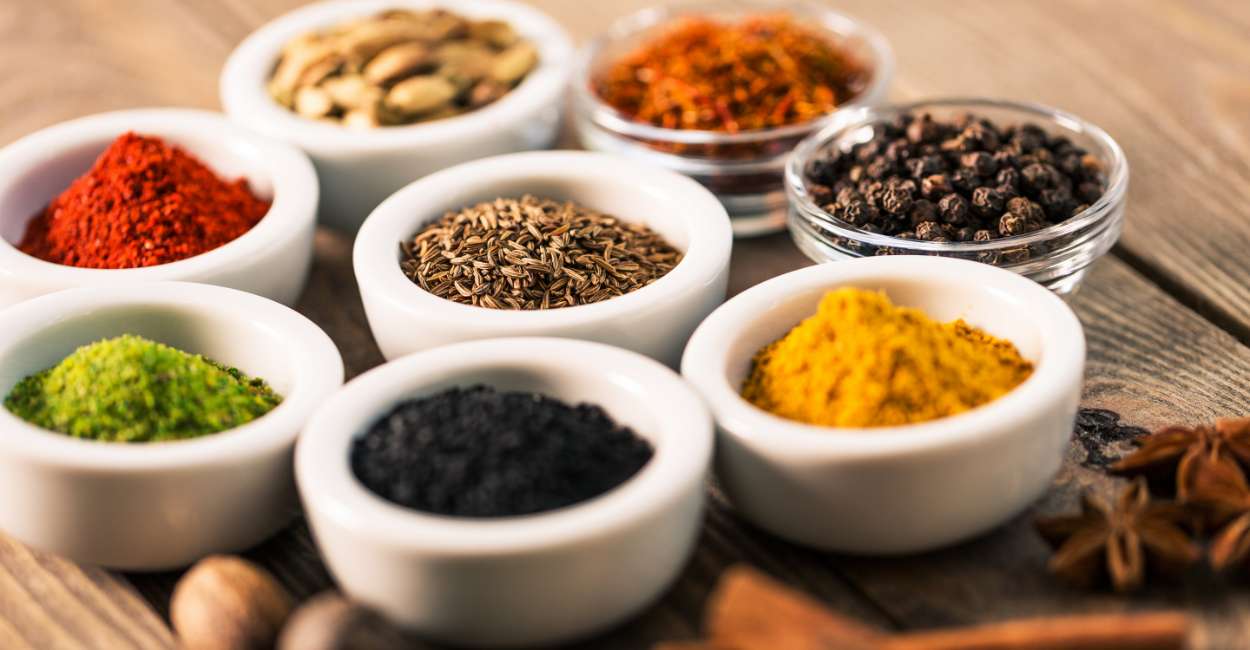
In the vast realm of culinary delights, some spices stand out not just for their flavor profiles but also for their scarcity, making them culinary treasures sought after by chefs and enthusiasts alike.
In this exploration, we delve into the world of the rarest spices, uncovering their origins, unique characteristics, and the allure that makes them highly prized in the culinary world.
1. Saffron: The Queen of Spices
Saffron, derived from the Crocus sativus flower, holds the title of the world’s most expensive spice. Each flower produces only three red stigmas, which are painstakingly hand-harvested. The labor-intensive process, coupled with the need for vast quantities of flowers to yield a small amount of spice, contributes to its rarity and high price.
2. Cardamom: Green Gold of the East
Hailing from the ginger family, cardamom is a spice with a rich history and a distinctive, complex flavor. Often referred to as the “Queen of Spices” in India, it is prized for its use in both sweet and savory dishes. The rarity stems from its slow growth and the necessity for specific growing conditions, primarily found in certain regions of India.
3. Vanilla: A Fragrant Elixir
Despite being a popular flavor, vanilla is one of the rarest and most labor-intensive spices to produce. Vanilla orchids require meticulous hand-pollination, and the beans undergo a lengthy curing process. Factors such as weather conditions and susceptibility to diseases contribute to its scarcity.
4. Grains of Paradise: The Forgotten Spice
Grains of Paradise, also known as alligator pepper, is an ancient spice with a complex, peppery flavor. Native to West Africa, it fell out of favor for centuries but is now experiencing a resurgence. Its rarity is attributed to limited cultivation and the challenging conditions required for its growth.
5. Long Pepper: An Ancient Spice Reemerging
Once a staple in medieval European kitchens, long pepper is making a comeback. Unlike regular black pepper, long pepper has a spicier and more complex taste. Its rarity is due to a decline in popularity and limited cultivation, making it a sought-after spice among culinary connoisseurs.
6. Ajwain: The Tricky-to-Cultivate Spice
Ajwain, also known as bishop’s weed, is a spice with a thyme-like flavor, commonly used in Indian cuisine. Its rarity is attributed to the tricky cultivation process and specific climate requirements. Ajwain is known for its medicinal properties and distinctive aroma.
7. Galangal: The Exotic Sibling of Ginger
Galangal, often referred to as Thai ginger, is a rhizome with a spicy and citrusy flavor. While similar to ginger, it has a more complex taste. Its rarity is due to the specific growing conditions required, primarily found in Southeast Asia.
Conclusion:
The world of rare spices is a captivating journey into the intersection of flavor, scarcity, and culinary artistry. These precious gems not only add distinctive tastes to dishes but also tell stories of ancient traditions, meticulous cultivation, and the passionate pursuit of exceptional culinary experiences.
Whether it’s the vibrant red strands of saffron or the complex allure of grains of paradise, these rare spices continue to enchant and inspire culinary enthusiasts around the globe.
FAQs
1. Why are certain spices considered rare?
Spices can be rare due to various factors such as specific growing conditions, labor-intensive harvesting processes, limited cultivation, and geographical constraints.
2. What makes saffron the world’s most expensive spice?
Saffron’s rarity is attributed to the fact that each Crocus sativus flower produces only a few red stigmas, which are meticulously hand-harvested. The process is labor-intensive, requiring a large number of flowers to yield a small amount of spice.
3. Why is cardamom known as the “Queen of Spices” in India?
Cardamom is revered in India for its versatile use in both sweet and savory dishes. Its rarity comes from the slow growth of cardamom plants and the specific growing conditions found in certain regions of the country.
4. What contributes to the rarity of vanilla despite its popularity?
Vanilla orchids necessitate meticulous hand-pollination, and the beans undergo a lengthy curing process. Factors such as specific weather conditions and susceptibility to diseases contribute to the scarcity of vanilla.
5. Why is Grains of Paradise experiencing a resurgence in popularity?
Grains of Paradise, once forgotten, are experiencing a resurgence due to their complex, peppery flavor. The spice’s rarity is linked to limited cultivation and specific growing conditions in West Africa.
6. What led to the decline and resurgence of long pepper in culinary use?
Long pepper, once a staple in medieval European kitchens, declined in popularity. Its resurgence is due to its spicier and more complex taste. Limited cultivation and a decrease in demand contribute to its rarity.
7. Why is Ajwain considered a tricky-to-cultivate spice?
Ajwain, also known as bishop’s weed, is tricky to cultivate due to specific climate requirements. Its rarity is a result of the challenging cultivation process, making it a distinctive spice in Indian cuisine.
8. What are the specific growing conditions that make galangal a rare spice?
Galangal, the exotic sibling of ginger, requires specific growing conditions primarily found in Southeast Asia. Its rarity is due to the limited availability of these suitable climates.
9. Are rare spices more flavorful than common ones?
The rarity of a spice does not necessarily correlate with its flavor intensity. While rare spices often possess unique and complex flavors, the individual taste preference varies among spices, both rare and common.
10. How can I incorporate rare spices into my cooking?
Incorporating rare spices into your cooking involves experimenting with small quantities to understand their flavor profiles. Recipes that specifically highlight the unique qualities of these spices can be an excellent starting point.
